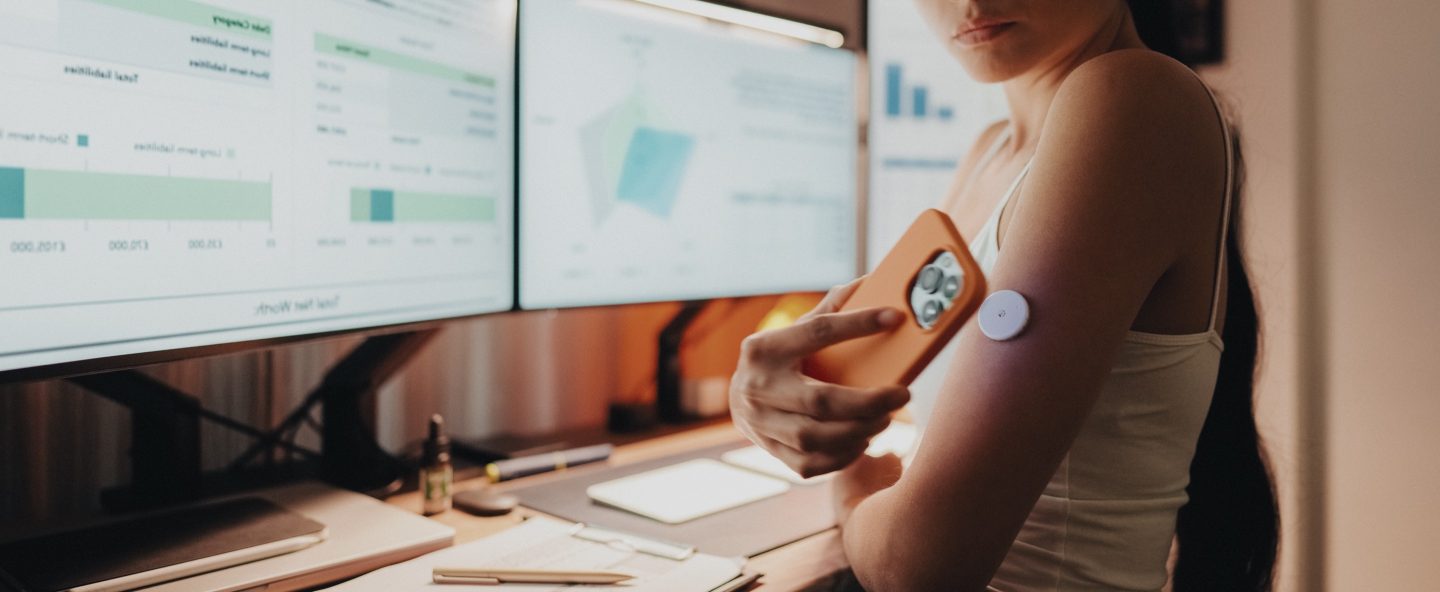Grahlher K, Morgenstern M, Pietsch B, et al. Mobile App Intervention to Reduce Substance Use, Gambling, and Digital Media Use in Vocational School Students: Exploratory Analysis of the Intervention Arm of a Randomized Controlled Trial. JMIR Mhealth Uhealth. 2024;12:e51307. doi:10.2196/51307
The Meine Zeit ohne (MZo) evaluation study was a cluster-randomized, waitlist-controlled trial conducted in Germany to assess the impact of a mobile app-based intervention aimed at general addiction reduction in vocational students. The intervention spanned two weeks, followed by a 30-day follow-up period. Participants were surveyed using web-based questionnaires and app usage logs. The study took place at three locations: Munich, Kiel, and Hamburg. This paper presents an exploratory analysis focusing on the intervention group (IG), investigating who engaged with the app and how it was utilized. The study aimed to examine user characteristics, assess the app’s effectiveness based on usage patterns, and explore how variations in usage were linked to participants’ baseline characteristics. The sample included 2,367 students (1458 of which provided full data), with a mean age of 19.2 years. A significant portion reported risky behaviors, such as smoking (34.5%), alcohol use (64.9%), gambling (12.4%), and cannabis use (16%). Findings showed that 61.3% of students (894 out of 1,458) engaged with the app. Notably, nearly half of these users (45.5%) used it in a way that aligned with their personal habits, indicating awareness of their behavior patterns. The study found that the app’s effectiveness was influenced by users’ personalized engagement. The effects of app use on outcomes were higher when the area of individual challenge choice was equal to the area of behavior change, challenge choice was related to a behavior of personal relevance, and the individual risk of engaging in different addictive behaviors was high. The MZo program shows promise in promoting behavioral changes related to addictive behaviors. Its mobile, low-barrier nature makes it a suitable tool for reaching adolescents. Future iterations could expand by integrating the program into school curricula for broader impact, with a stronger focus on encouraging personalized, congruent app use to maximize effectiveness.
